@isaque_criscuolo
What Is Focus in Photography?
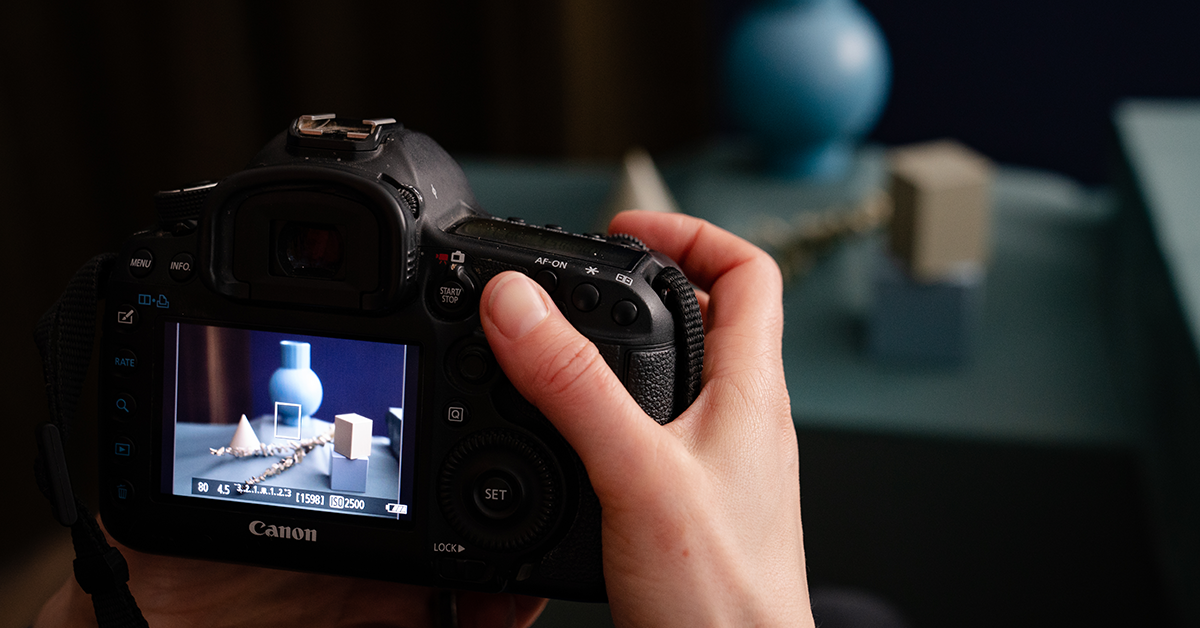
Learn about different camera lenses are and when and where to use them to achieve the best focus
In photography, focus is the sharpest area of the image. It is the area where the lens works to highlight an object, a person, or a situation. Focus is one of the pillars of photography, along with ISO, aperture, and shutter speed.
You can either use automatic or manual focus. In automatic mode, the camera adjusts the focus in response to incoming light so that the subject appears sharpest. In manual mode, the photographer has to turn the lens’ focus wheel until the desired part of the image is in focus.
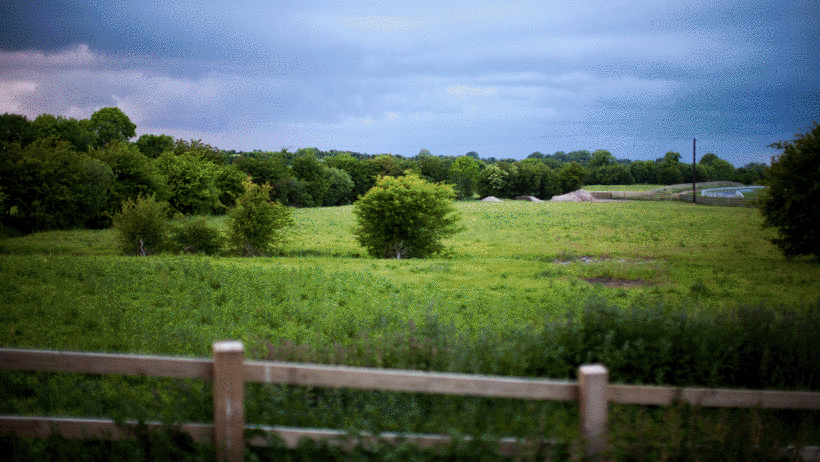
Since 2011, photographer, artist, and educator Debbie Castro has given lectures in photography at several renowned institutions in London. She has coordinated masterclasses, reviewed portfolios, overseeing research and development projects, and curated exhibitions for LIoP (London Institute of Photography).
She has exhibited her photographs in London, New York, and Ireland, and published a limited-edition book called, Who Gave You the Roses?
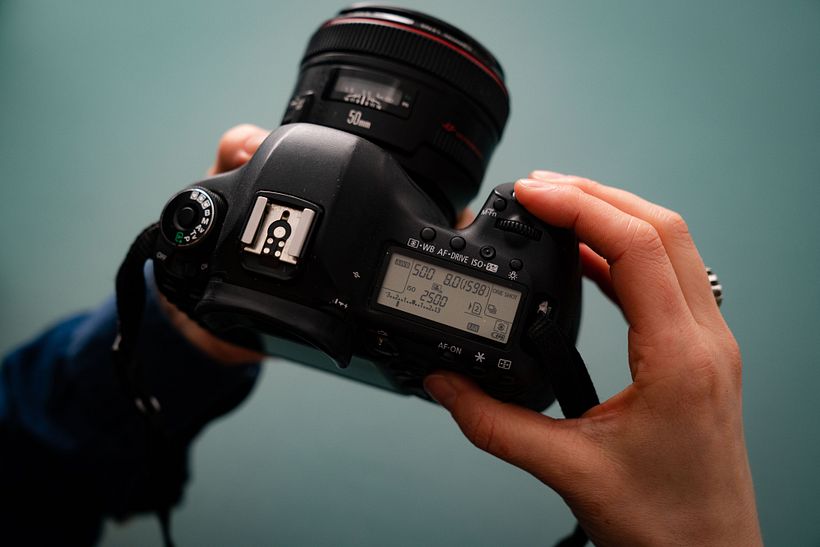
Debbie teaches the Domestika course Introduction to Digital Photography in Manual Mode, in which she takes students on a journey through photography basics and explains how to create amazing images by controlling light exposure, composition, and shutter speed.
She also explains the difference between autofocus and manual focus, two essential concepts in the world of photography.
Autofocus
Autofocus is a camera setting that makes the focusing process easier, especially for those who are starting out or want to experiment with a type of photography that requires more speed.
Each brand of camera has different names for their autofocus settings, however, they are always easy to identify. On a Canon camera, for example, you will find the following options:
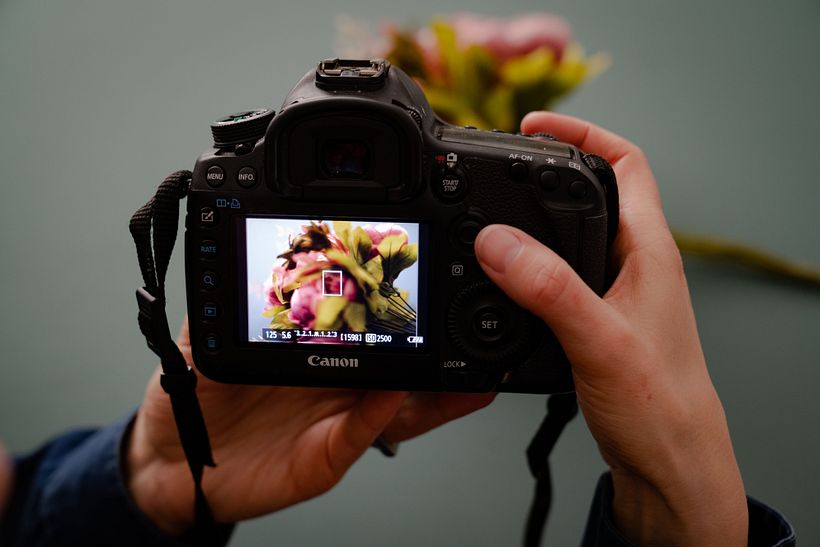
One Shot - This setting is for when you have to lock focus on an object. Otherwise, the picture will not be taken. On other cameras, this setting is called Autofocus S or Single AF.
AI Focus - This is an automatic mode that other cameras also call AF-A. It is used to focus on a moving object. It is ideal for wildlife or sports photography.
Manual focus
In manual mode, focus can be adjusted by turning the wheel found at the end of the lens that is attached to the camera. Turning this wheel allows you to bring the desired subject into focus. Use this mode when your lens is unable to focus on the subject because you are too close or because there is not enough contrast.
Remember that the camera does not always focus on the desired object when using automatic mode, in which case you can use a technique called focus lock. This allows you to focus on the desired object fast and achieve accuracy using manual focus.

Manual focusing requires practice, so avoid using it in situations that demand speed.
What are camera lenses and when and where do I use them?
Fisheye lenses
Fisheye lenses have become very popular in recent years. They have a short focal length (between 6 and 16 mm), which allows them to capture a wide angle view of the space you are photographing. This lens covers a 180º view or wider, making straight lines appear curved.
- Useful for: usually attention-grabbing and extravagant images. Fisheye lenses are for photographers who, instead of capturing the world as it is, are looking to create a distorted image of what's before them.
- Do not use: if you want a lens that captures neutral, undistorted images.
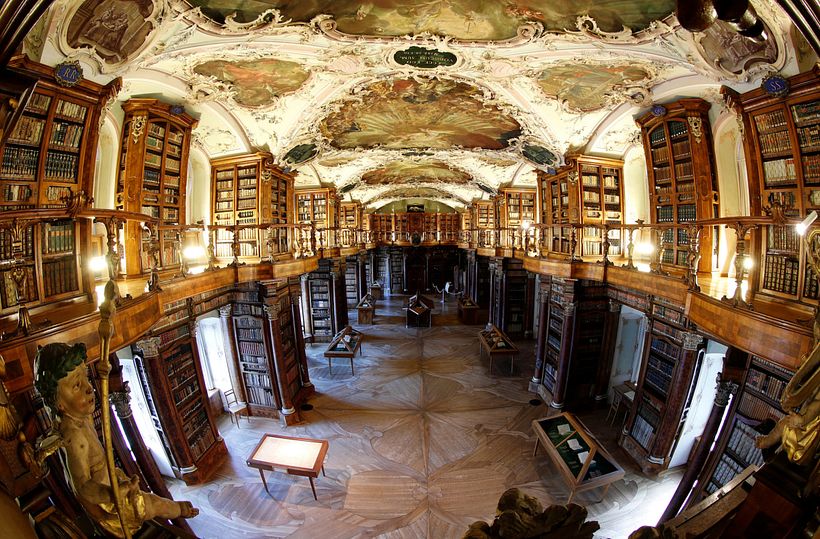
Wide-angle lenses
The wide-angle lens has a focal length measuring between 18 and 35mm. It captures a very wide angle of view (between 180º and 60º), however, it doesn't distort the scene it is photographing in the way that a fisheye lens does. Its main feature is its great depth of field: the entire image will be sharp and bright.
- Useful for: landscape, architecture, or interior photography when we want to capture the entire location.
- Do not use: for detail shots or portraits. Wide angles aren’t suitable for photographing objects that are too close as they will distort straight lines. However, they can be useful if you want to take unusual portraits or produce surrealistic effects.
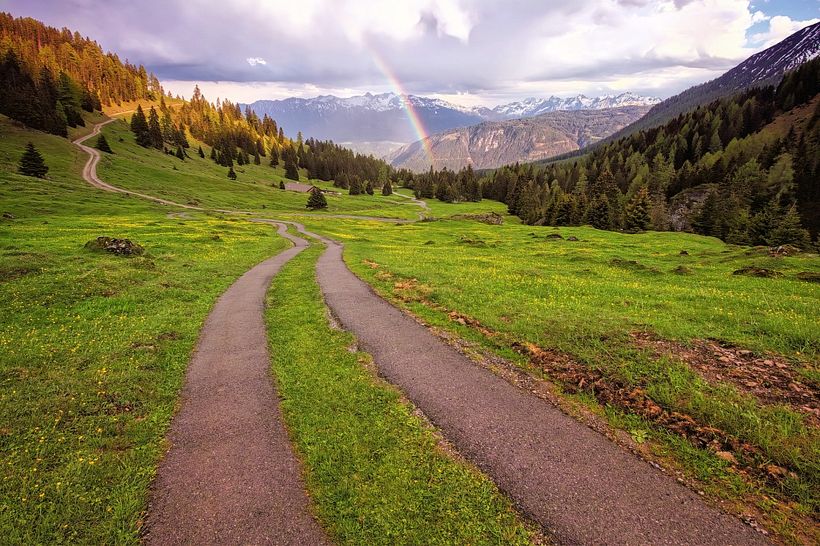
"Normal" lenses
So-called "normal" lenses are medium-sized, with focal lengths of about 50 mm, and an angle of view close to that of the human eye, around 45º. They accurately capture straight lines, let in plenty of light, and are quite versatile (provided you don’t need the depth of field of a wide-angle lens or to get as close to the subject as you would with a macro or telephoto lens).
- Useful for: their versatility makes them useful for portraits or close-up shots and photographing buildings or landscapes. You can use them indoors and outdoors: they're good for just about anything.
- Don't use: if you want a wide angle of view, the distortion produced by wider lenses, or to get as close to the subject as you would with a macro or telephoto lens.

Telephoto lenses
This lens increases image size and has an angle of view of about 30º and a focal length of more than 85 mm. The wide range of telephoto lenses available "zoom in" on distant objects, landscapes, and people while reducing depth of field, allowing you to focus on a subject and blur out the rest of the image.
- Useful for: all types of sports photography and investigative journalism... If you want to freeze moving objects (such as a ball or a person running) by increasing the shutter speed, you will need a lot of light: telephoto lenses do not usually let in a lot of light.
- Do not use: to capture landscapes or wide panoramas, especially if you want your photos to have depth of field.
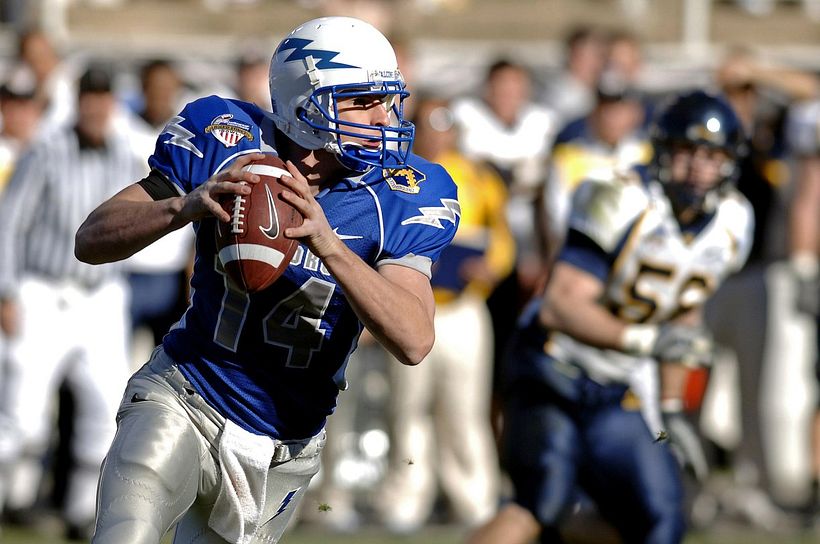
Macro
Macro lenses essentially act as high-definition magnifiers for capturing very small objects up close (although those with longer focal lengths allow you to shoot from further away). In other words, they are used to capture images in which the subject depicted is equal to or smaller than the size of the resulting photo. With a very shallow depth of field, macro lenses are essentially used to photograph details.
- Useful for: capturing very small details or objects; insects or similar creatures; details of the human body...
- Do not use: if you want photos with depth of field. Macro is essentially for capturing small details on an out-of-focus background. Like telephoto lenses, macro lenses do not let in a lot of light and you will need a flash if lighting conditions are bad.

What is ISO in photography?
In the world of analog photography, ISO (formerly called ASA) indicates how sensitive a roll of film is to light. Although most modern cameras no longer use film, the term has stuck and now refers to how sensitive a digital camera's sensor is to light.
Along with shutter speed and aperture, ISO is a key setting to get to grips with when taking digital photographs.
In this video, Giulia Candussi explains what ISO is and how it can be used in digital photography to achieve the best possible results.
Want to learn more about focus in photography and different types of camera lenses? If you want to expand your knowledge of photography, check out these Domestika courses taught by top experts.
English version by @eloiseedgington.
You may also like:
- 5 Basic Courses to Explore the Possibilities of Architectural Photography
- What Is Self-Portraiture and How to Master It
- 5 Contemporary Artists Who Color Photographs with Paint
- Finding Your Creative Voice through Collage, a course by Hanoch Piven
- Photomontage in Photoshop: Create a Futuristic Universe, a course by Diogo Sampaio






0 commentaire